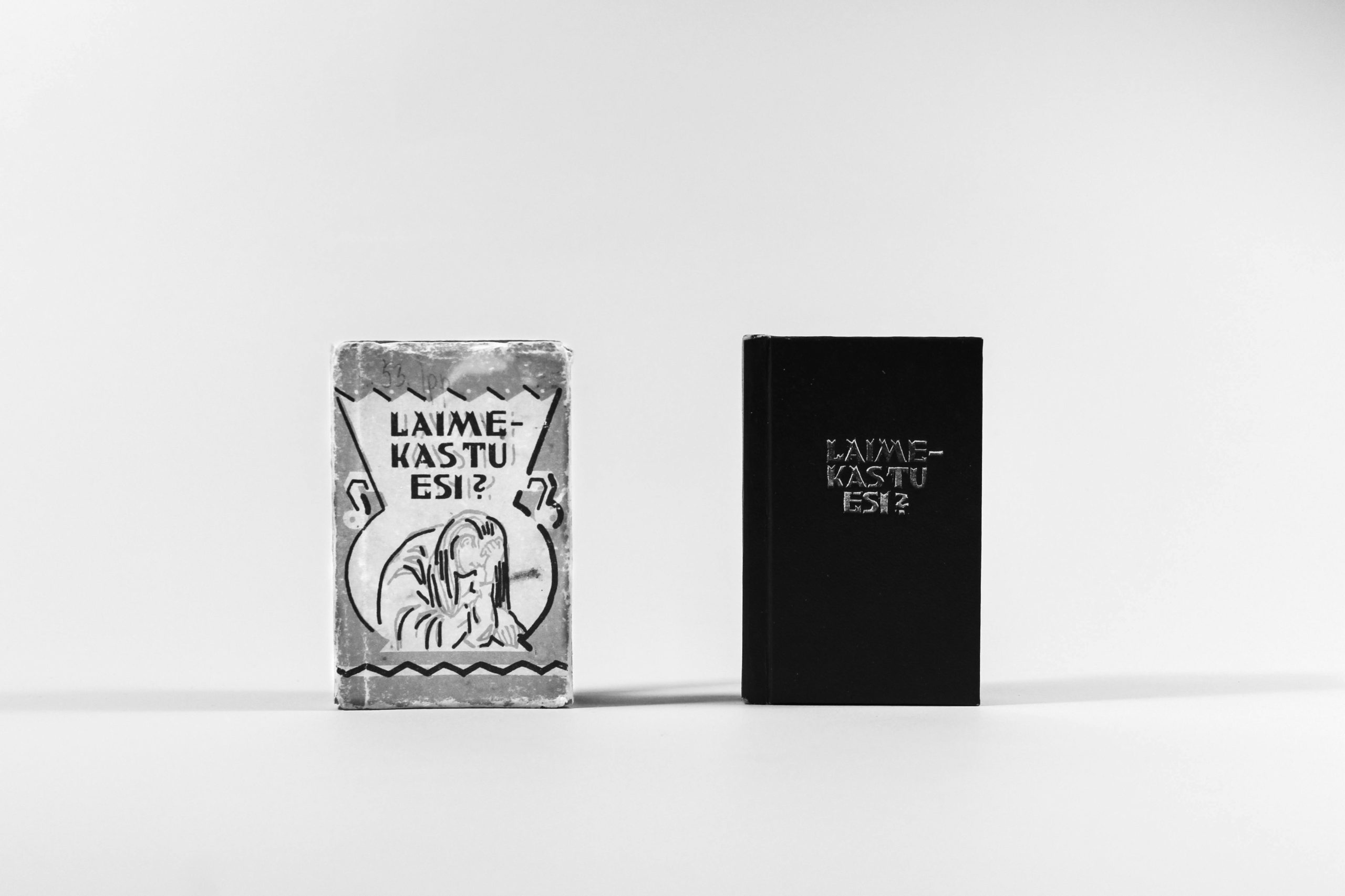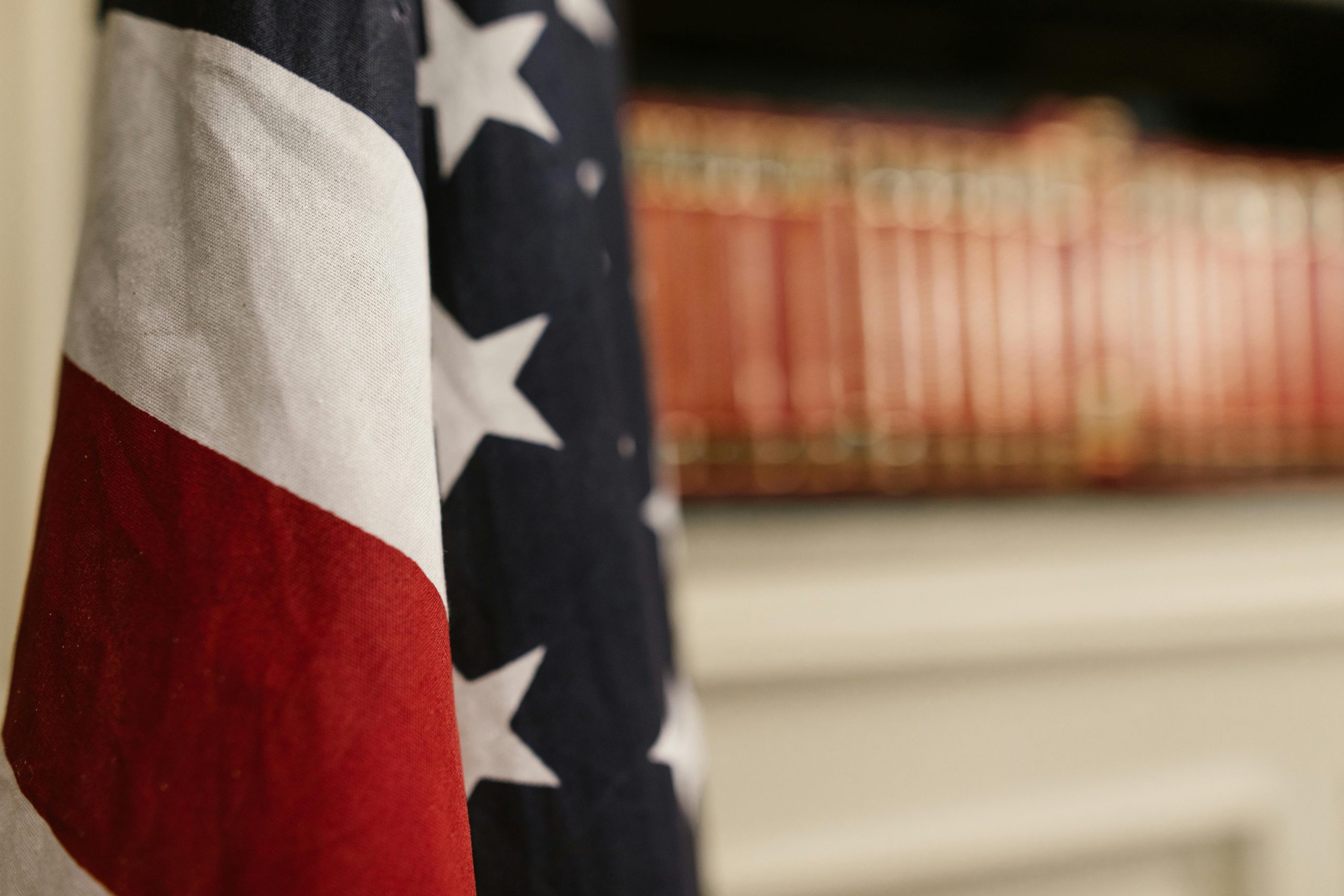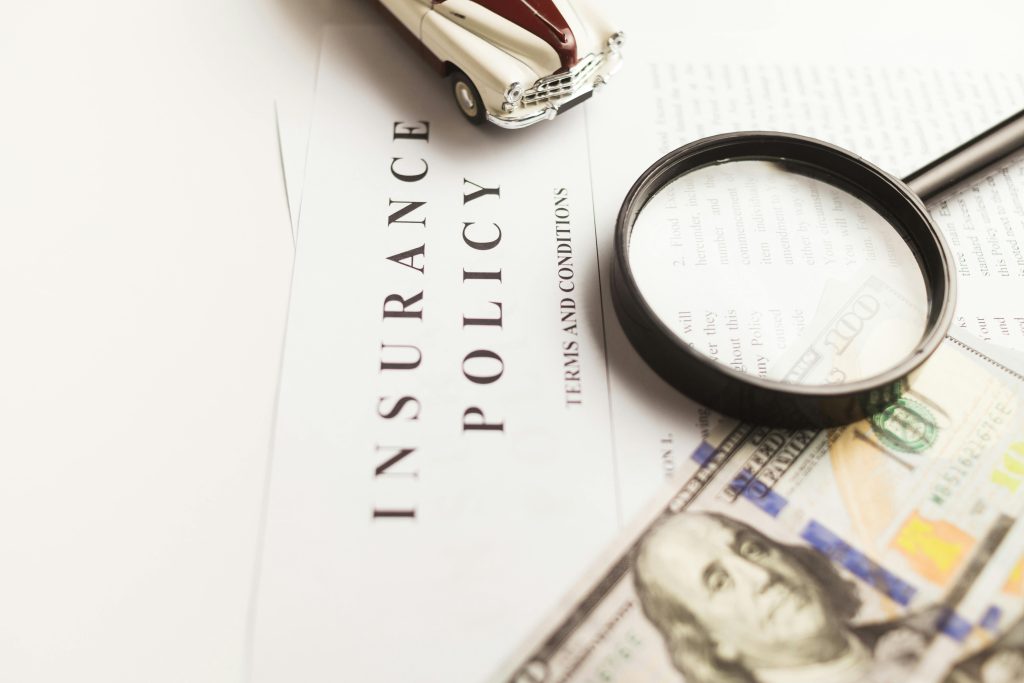Ever spent thousands of dollars in legal fees because someone accused you of copyright infringement? Sounds like your worst financial nightmare, right? Yet, it happens more often than you think—especially to authors, publishers, and content creators. Whether you’re managing a blog, self-publishing a book, or running a magazine, failing to protect yourself can lead to catastrophic consequences.
In this guide, we’ll explore the importance of copyright infringement defense and how publishing insurance can save your wallet—and sanity. From actionable strategies to real-world examples, you’ll learn everything you need to shield yourself from costly litigation. Let’s dive in!
Table of Contents
- Key Takeaways
- The Rising Threat of Copyright Claims
- How Publishing Insurance Protects You
- Steps to Strengthen Your Copyright Defense
- Proven Best Practices for Avoiding Infringement
- Real-Life Examples and Case Studies
- Frequently Asked Questions
- Conclusion: Stay Safe, Stay Sane
Key Takeaways
- Publishing insurance can cover legal expenses arising from copyright infringement claims.
- Understanding fair use guidelines is critical for avoiding disputes.
- Regular audits of your published material reduce the risk of accidental infringement.
- Professional indemnity coverage is not optional—it’s essential for anyone in publishing.
The Rising Threat of Copyright Claims
Did you know that copyright lawsuits have surged by over 30% in the past five years? It’s true. Authors, bloggers, and businesses large and small are finding themselves buried under allegations of intellectual property theft. But why does this happen so frequently?
“Optimist You” might say: “I only create original work; I’m safe!”
“Grumpy You,” however, knows better: “Ugh, fine—but even one reused stock photo could trigger a lawsuit.”

From using unlicensed images to unintentionally copying a catchy quote, there are countless ways to stumble into trouble. That’s where publishing insurance comes in handy—a safety net when things go south.
How Publishing Insurance Protects You
Publishing insurance, specifically designed for media professionals, includes provisions for copyright infringement defense. This means if someone sues you alleging unauthorized reproduction of their material, your insurer will step up to handle:
- Legal representation costs
- Settlement negotiations
- Damages payouts (up to policy limits)
Imagine being accused of plagiarism due to an outdated source citation. Without insurance, you’d face mounting attorney bills while trying to defend yourself. With coverage, though, you breathe easier knowing help’s already paid for.

Steps to Strengthen Your Copyright Defense
Step 1: Educate Yourself About Fair Use
Fair use allows limited use of copyrighted materials without permission—but figuring out what qualifies as “fair” isn’t always straightforward. Consult official resources like US Copyright Office guidelines.
Step 2: Audit Your Published Content
Conduct regular reviews of all your assets—from blog posts to eBooks—to ensure compliance. Tools like Copyscape can identify potential infringements.
Step 3: Invest in Licensed Materials
“This part sucks,” says every budget-conscious creator. Yes, paying for licenses feels painful—but compare it to six-figure settlements. Suddenly, subscriptions to platforms like Shutterstock feel downright cheap.

Proven Best Practices for Avoiding Infringement
- Create Original Material: Write unique articles, design bespoke graphics, and commission custom photography whenever possible.
- Use Public Domain Sources: Resources like Project Gutenberg provide free works whose copyrights have expired.
- Credit Appropriately: Always attribute borrowed content correctly. Even minor errors can land you in hot water.
Real-Life Examples and Case Studies
Tales abound of unsuspecting publishers facing hefty penalties for seemingly innocent mistakes. Consider Jane Doe, an aspiring author fined $75,000 for incorporating several paragraphs from another writer’s memoir. Had she opted for proper citations—or secured publishing insurance beforehand—the ordeal might’ve been avoided entirely.
Frequently Asked Questions
What Does Publishing Insurance Typically Cover?
Besides copyright infringement defense, most policies include libel protection, invasion of privacy claims, and errors & omissions liability.
Is DIY Legal Representation Advisable for Minor Claims?
Nope. Even simple cases demand expertise best left to licensed attorneys.
Can One Infringement Claim Ruin My Business?
Without adequate safeguards in place, absolutely. That’s why preemptive measures matter.
Conclusion: Stay Safe, Stay Sane
As we’ve seen, ignoring copyright laws puts both creative freedom and finances at risk. Fortunately, combining robust publishing insurance with smart preventive practices keeps dangers at bay.
So next time you draft that article or upload a new graphic, remember: Like Pokémon cards in 2003, some collectibles (i.e., copyrights) hold immense value. Treat them accordingly!
Final thought? Here’s your daily dose of wisdom:
Content thrives;
Copyright survives;
Defense drives.


